Gunduz Vehbi Demirci
Scalable Graph Convolutional Network Training on Distributed-Memory Systems
Dec 13, 2022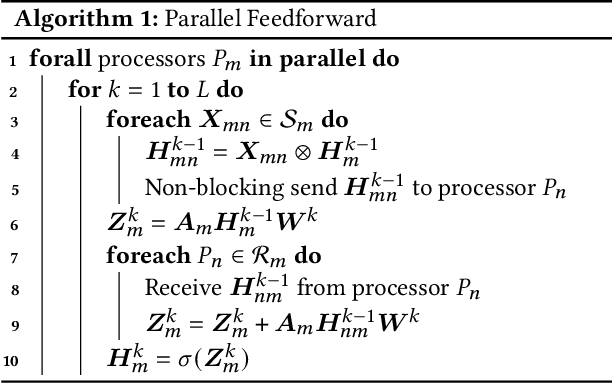
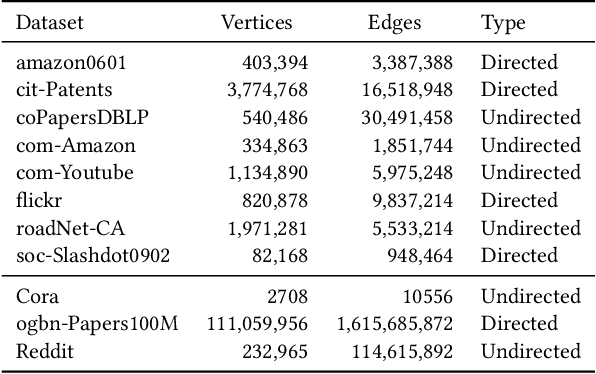

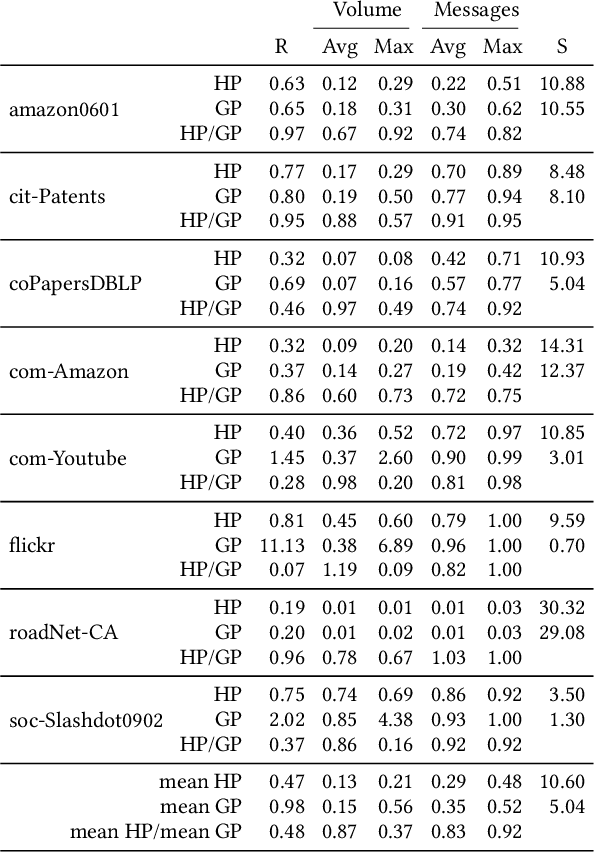
Abstract:Graph Convolutional Networks (GCNs) are extensively utilized for deep learning on graphs. The large data sizes of graphs and their vertex features make scalable training algorithms and distributed memory systems necessary. Since the convolution operation on graphs induces irregular memory access patterns, designing a memory- and communication-efficient parallel algorithm for GCN training poses unique challenges. We propose a highly parallel training algorithm that scales to large processor counts. In our solution, the large adjacency and vertex-feature matrices are partitioned among processors. We exploit the vertex-partitioning of the graph to use non-blocking point-to-point communication operations between processors for better scalability. To further minimize the parallelization overheads, we introduce a sparse matrix partitioning scheme based on a hypergraph partitioning model for full-batch training. We also propose a novel stochastic hypergraph model to encode the expected communication volume in mini-batch training. We show the merits of the hypergraph model, previously unexplored for GCN training, over the standard graph partitioning model which does not accurately encode the communication costs. Experiments performed on real-world graph datasets demonstrate that the proposed algorithms achieve considerable speedups over alternative solutions. The optimizations achieved on communication costs become even more pronounced at high scalability with many processors. The performance benefits are preserved in deeper GCNs having more layers as well as on billion-scale graphs.
Partitioning sparse deep neural networks for scalable training and inference
Apr 23, 2021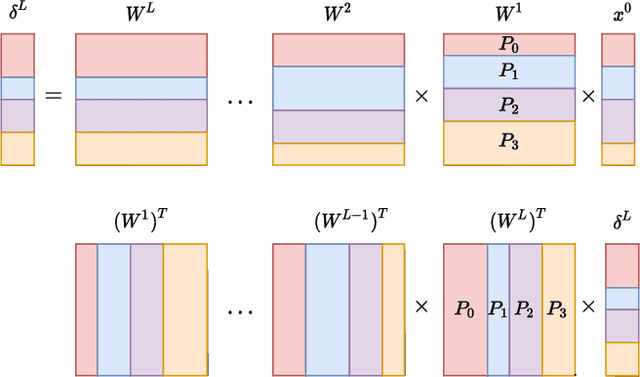

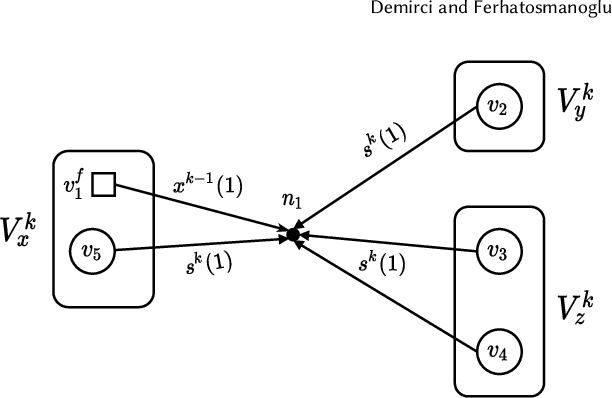
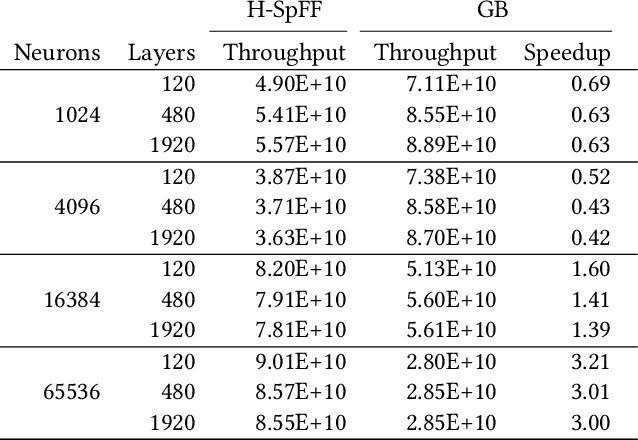
Abstract:The state-of-the-art deep neural networks (DNNs) have significant computational and data management requirements. The size of both training data and models continue to increase. Sparsification and pruning methods are shown to be effective in removing a large fraction of connections in DNNs. The resulting sparse networks present unique challenges to further improve the computational efficiency of training and inference in deep learning. Both the feedforward (inference) and backpropagation steps in stochastic gradient descent (SGD) algorithm for training sparse DNNs involve consecutive sparse matrix-vector multiplications (SpMVs). We first introduce a distributed-memory parallel SpMV-based solution for the SGD algorithm to improve its scalability. The parallelization approach is based on row-wise partitioning of weight matrices that represent neuron connections between consecutive layers. We then propose a novel hypergraph model for partitioning weight matrices to reduce the total communication volume and ensure computational load-balance among processors. Experiments performed on sparse DNNs demonstrate that the proposed solution is highly efficient and scalable. By utilizing the proposed matrix partitioning scheme, the performance of our solution is further improved significantly.
 Add to Chrome
Add to Chrome Add to Firefox
Add to Firefox Add to Edge
Add to Edge